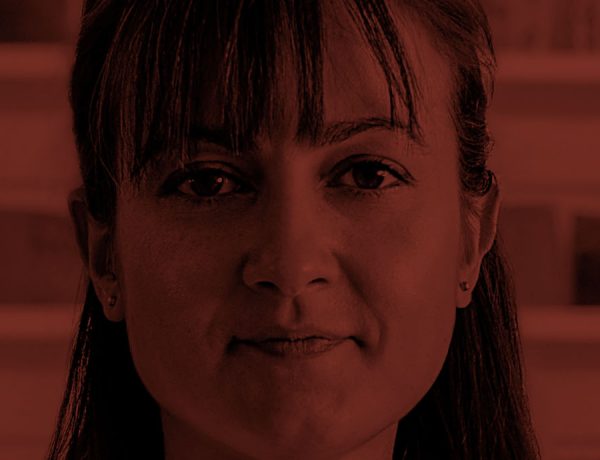Beril Nur Denli holds a BFA in landscape architecture from Yeditepe University. Before running her ceramics studio, she worked in design offices for several years and started her master’s degree in interior design. Within this time, she discovered her interest in objects, vessels and functional pottery. Currently, she is practicing traditional hand-building techniques and wheel-throwing on her sole and one-off ceramic pieces.
How did you discover the medium of ceramics?
During my masters degree studies I was researching materials for the objects that I wanted to produce. It was a friend who first suggested clay and so I went to a ceramic workshop to learn more. It was love at first sight…
How would you describe the philosophical basis of your ceramic practice? Where does your inspiration come from?
From the very day I started, I knew it was all about feeling and listening to the clay. The connection came easily and this gave me courage. It’s a reactive and reflective relationship.. For instance when first working with the wheel, until I really mastered the balance and centering, I felt like it was unclear who was in control, me or the wheel. When aggressive, the clay refuses to take shape. But when calm and centered, the clay feels more malleable and flexible. In short, I reap what I sow. It gives what you put into it, and it’s perhaps due to the true and balanced nature of this relationship that ceramics are at the center of my existence. As for inspiration, it’s difficult to pinpoint one specific thing. Routines, a building that haunts me, someone I’ve seen on the street. New ideas are born when I’m just alone sketching.
What do you hope to achieve in your work?
The endless possibilities of the ceramic medium is what excites me. I’m always curious about the next step, and the learning never ends. My work emerges from this organic process and I hope to be able to continue to respond to what I encounter on the way..
How is your practice connected to our history, culture and geography?
Some of the forms I experiment with are adapted from Mesopotamian pottery, and I like to experiment with local clays.




